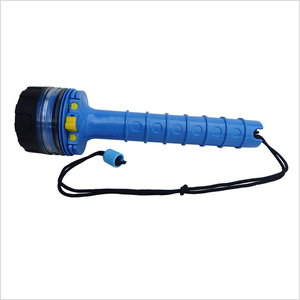
All categories
Featured selections
Trade Assurance
Buyer Central
Help Center
Get the app
Become a supplier

(Có 126 sản phẩm)












Alibaba.com có một loạt các. đèn lặn LED 9 để chọn. Những đèn này là xu hướng mới nhất trong công nghệ chiếu sáng và có những lợi ích giúp cải thiện trải nghiệm lái xe vào ban đêm của bạn. Chuyển đèn pha mờ của bạn cho những điều này. đèn lặn LED 9 để cải thiện độ sáng. Chúng tạo ra một chùm ánh sáng tập trung mạnh mẽ và có độ rõ nét đáng kinh ngạc. Những cái này. đèn lặn LED 9 chiếu ánh sáng xa hơn và cho phép bạn nhìn rõ hơn, do đó đảm bảo lái xe an toàn hơn.
Alibaba.com cung cấp cho bạn nhiều lựa chọn để lựa chọn .. đèn lặn LED 9 các nhà cung cấp và người bán buôn có thể truy cập các dịch vụ khác nhau trên trang web và nhận được các ưu đãi lớn. Bạn cũng có thể cung cấp cho chiếc xe của bạn một vẻ ngoài sang trọng bằng cách lắp đặt những. đèn lặn LED 9. Ánh sáng hấp dẫn khi nhìn vào và bạn cũng có thể chọn từ nhiều tùy chọn màu sắc khác nhau để làm cho đèn pha của bạn trở nên rực rỡ mà không ảnh hưởng đến độ sáng. Các. đèn lặn LED 9 đến từ những nhà sản xuất đáng tin cậy và đảm bảo chất lượng.
Bạn có thể cài đặt những cái này. đèn lặn LED 9 dễ dàng với các công cụ cơ bản vì bóng đèn LED có phích cắm tương tự như bóng đèn cũ của bạn và vặn dễ dàng. Điều này đảm bảo rằng bạn không cần thêm phụ kiện hoặc hệ thống dây điện trong khi lắp đặt chúng. Những cái này. đèn lặn LED 9 sẽ giúp bạn tiết kiệm tiền bảo trì khi chúng tồn tại lâu hơn. Chúng cũng tiết kiệm năng lượng và không làm căng nguồn điện cho ô tô của bạn.